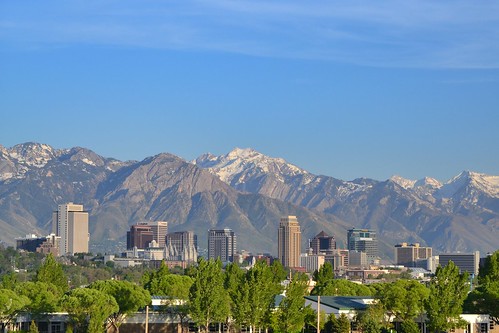
In March of 2020, a moderate magnitude-5.7 earthquake struck near Magna, Utah, jolting the population that lives across much of the Wasatch Front — the western side of the Wasatch Mountains.
After the earthquake, scientists observed several earthquake-induced phenomena concentrated in regions of water-rich, unconsolidated sediment like for example:
- Liquefaction — when water-saturated soil loses its strength and acts as quick sand — occurred mostly near the shores of the Great Salt Lake.
- Sand boils, which occur when underground water pressure increases and pushes sand up to the surface, appeared as a result of liquefaction.
- Older unreinforced masonry buildings — those built of bricks or concrete blocks — suffered severe damage on the order of $100 million USD.
As a city bounded by mountain ranges to the east and west, Salt Lake City lies above a segment of the Wasatch Fault Zone and is underlain by unconsolidated sediment, exposing it to these earthquake-related hazards.
Two faults connected under Salt Lake City downtown
According to a recently published study, two individual faults of the Salt Lake City segment (the Warm Springs fault and East Bench fault) are connected to one another directly under downtown Salt Lake City, further increasing its susceptibility to earthquake damage.
Before the Magna earthquake, lead author Lee Liberty, a research professor at Boise State University, wondered whether distant faults or those beneath downtown Salt Lake City caused sand boils, liquefaction, and other evidence of past soft sediment deformation found throughout the region.
To answer this question, Lee and a team of scientists used an active source approach, which is like taking an x-ray of the earth’s structure.
The “active source” part of this approach involved Lee and his team, along with the help of off-duty police officers, tapping the ground with a 440-pound (200-kilogram) weight to create mini-shakes that sent seismic waves into the shallow subsurface.
Behind a vehicle, they dragged a fire hose containing ground sensors that detected the seismic waves that bounced back to the surface, off geologic structures in the ground beneath downtown Salt Lake City.
“There are active faults that seem to lie within a broad distributed zone throughout downtown,” says Lee. The team’s findings indicate that “there is potential for ground displacements beneath the downtown corridor where high-rise buildings either have been or will be constructed in the future,” he says.
The faults of particular concern, the aforementioned Warm Springs and East Bench faults, appear to connect underground directly beneath downtown Salt Lake City, suggesting that if the Warm Springs fault moves, it could activate the East Bench fault, and vice versa.
What the study seems to be showing, says Emily Kleber, a geoscientist with the Geologic Hazards Program at the Utah Geological Survey, is that “earthquake energy does not stop between these two faults.” In other words, downtown Salt Lake City appears to sit above faults that could breach the surface, should energy from an earthquake activate either of them.
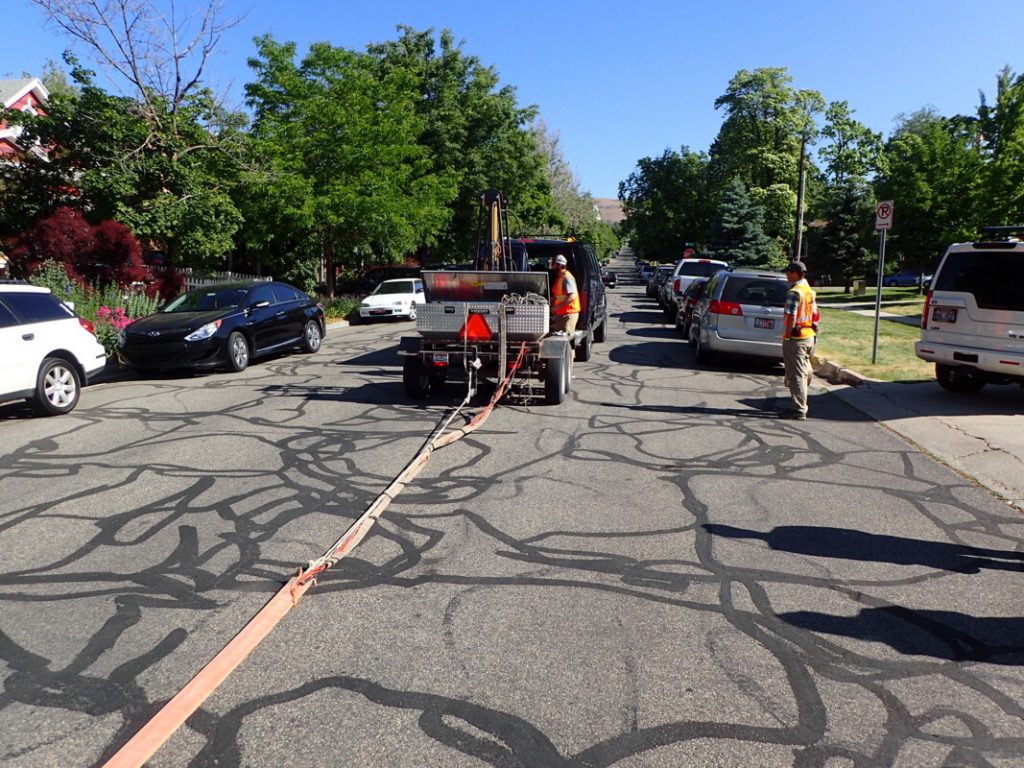
New answers, more questions
In terms of hazard to both existing and new buildings, Ivan Wong, a senior principal seismologist for Lettis Consultants International says that although Lee’s study indicates a zone of deformation between the two faults, the behavior of secondary faults that may accompany the main faults in the downtown area is unknown.
These secondary faults that branch off the main faults have the potential to slip during a large earthquake, and if they reach the surface, says Wong, they could cause significant damages downtown.
“It’s such an important issue for engineering, and also to know what we’re up against,” explains Kleber, “to model what could happen if we do have a big earthquake.”
In the future, Lee hopes to revisit downtown Salt Lake to acquire additional seismic data from more closely spaced profiles to understand the interaction between the two faults at a higher resolution, determine how far the fault zones extend, and estimate how fast individual faults — both primary and secondary — move.
This clearer picture of what’s happening in the subsurface would help scientists to better forecast when and where future earthquakes may occur and determine the potential for disaster. [Temblor]
Now subscribe to this blog to get more amazing news curated just for you right in your inbox on a daily basis (here an example of our new newsletter).
You can also follow us on Facebook and/ or Twitter. And, by the way you can also make a donation through Paypal. Thank you!


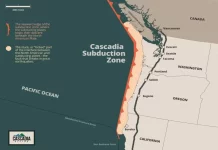
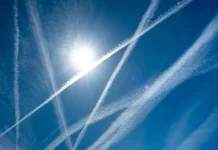
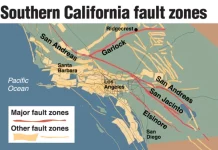
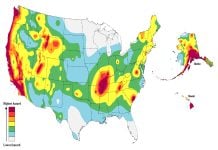







Good, downtown salt lake city and Mormon temple is the seat of Satan. With their satanic symbols on their buildings and their rituals they perform on children in the basements, the whole city should fold up and fall into hell. I’m an investigator and it’s crazy that no one in this city will charge the LDS church for murder and pedophilia. Oh that’s right, because there isn’t any evidence just the testimonials of hundreds of victims.
https://www.naturalnews.com/2021-09-15-singapore-chronic-illness-explosion-81percent-vaccination-rate.html
If you study this paradigm, and think unvaccinated people are spreading disease, you probably are an imbecile.
https://humansarefree.com/2021/09/explosive-public-health-data-80-of-covid-19-deaths-in-august-were-vaccinated-people.html
I V E R M E C T I N = GOOD
VACCINE = BAD
THE VAXXED = SUPER SPREADERS
There are quite a few old building in SLC that wouldn’t do well in a major quake. Place used to be very Conservative, but as with many other places, lefties have spoiled it too.
https://www.thegatewaypundit.com/2021/09/huge-uttar-pradesh-india-announces-state-covid-19-free-proving-effectiveness-deworming-drug-ivermectin/
India has interesting stats. Looks like Ivermectin and Hydroxychloroquine (HCL) are safe and effective. Nobody is clotting up, no facial palsy, no sterilization, no tumors, no myocarditis, no spike proteins, nobody dying from fake vax!
Looks like India has smart people! Many here in the U.S.A. are Conservative people too.
https://www.thegatewaypundit.com/2021/09/watch-351000-yes-votes-disappear-totals-newsom-recall-election-live-cnn-video/
Election fraud puts newsom back in power. Watch votes disappear live on the government c | a pedohomo network.
*Meant to say everybody(in place of nobody) is dying from fake vax in above post.
So pissed off I mis-typed.
Also, I think the push to give 12 year old children the vax is to sterilize them at puberty. You can thank that dickweed, Fraud-chi.
https://www.thegatewaypundit.com/2021/09/biden-effect-taliban-hunt-afghan-journalists-beat-batons-electrical-cables-sticks-covering-womens-protest/
Talibani beating journalists. Graphic photos. Anytime now we should be seeing rape and decapitation videos. Of course, this will happen here in the U.S.A. too. Only a matter of time.